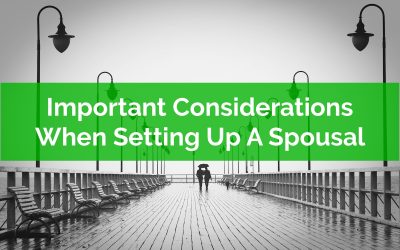Thank you for joining the waitlist!
You’re on the list for early access!
We will contact you via email when we’re ready for you to start your self-directed financial plan. In the mean time here is a quick preview…
Check out our latest blog posts…
Should You Consider Paying Off The Mortgage Early or Investing Instead?
Paying off the mortgage early can be a fantastic financial goal. In the last post, we looked at the different ways to pay off a mortgage early, how to make a mortgage payoff plan, and talked a little bit about the benefit of paying off the mortgage early.
In this post, we’re going to look at some considerations when deciding to pay off the mortgage early vs investing. This is a common dilemma for many people in Canada. Where should they put extra cash? Against the mortgage? Or in non-registered investments?
Generally, it’s better to invest inside an TFSA or RRSP before choosing to pay off the mortgage early. There is no annual tax impact when investing inside either of these two accounts. Investments can grow tax free. This can make it more attractive to invest inside an tax advantaged account before paying off the mortgage early. But not always…
RRSPs can be counterproductive at certain income levels and in certain situations. Investing inside an RRSP for someone expecting a very low income in retirement might not be the best use of those extra funds. They may experience large GIS claw backs on RRSP withdrawals in retirement. In those cases, it may make sense to pay off the mortgage early before maximizing RRSP contribution room.
As always, when making a financial decision, like paying off the mortgage early vs investing, it’s important to look at the whole financial picture and not just one aspect. If you’re struggling with this decision then it might be helpful to get a custom financial plan from an advice-only planner.
Deciding to pay off the mortgage or invest isn’t just about taxes and investment returns… there are also a bunch of soft benefits to consider. These aren’t pure financial benefits but they can still be “worth” a lot depending on how much you value them. Make sure you consider the financial benefit of paying off the mortgage early but also the soft benefits as well.
To decide between paying off the mortgage or investing we absolutely need to look at the after-tax rates of return. We’re going to assume that we’ve maximized our RRSP and TFSA contribution room already and are deciding between paying off the mortgage or investing in a non-registered investment account.
What Is A Good Retirement Budget?
One of the most important aspects of your retirement plan is knowing how much you plan to spend during your retirement years. Knowing exactly what spending looks like in retirement is one of the most important (and sometimes the hardest to determine) parts of a retirement plan. Even small changes in spending can have a big impact on the success of a retirement plan, so making a good retirement budget is critical.
Depending on your level of spending, that last $10,000 in spending could incur marginal tax rates of 30-40%+. For example, going from $70,000 to $80,000 per year in spending will incur a high marginal tax rate on that extra spending. If we’re using RRSPs to fund part of retirement then we’d need to make pre-tax withdrawals of $14,286 to $16,667 just to support that last $10,000 in spending.
If there was no tax we could support that last $10,000 in spending with financial assets of around $250,000 (this varies from situation to situation but for simplicity we’ll assume a 4% safe withdrawal rate). But to support the taxes on those withdrawals we need much more. To support that last $10,000 in spending we need between $357,142 and $416,667 in registered assets!
This is why getting your spending assumptions right is very important when building a retirement plan.
This is where guidelines like the 70% rule can be very dangerous. It might be ok to use these rules of thumb when you’re 20-30 years away from retirement but when you’re 5-15 years away from your retirement date they can be very misleading.
To create a solid retirement plan we want to build a detailed retirement budget. We want a budget that is built from the ground up, category by category, and is based on facts. It’s more accurate to say how much you’ll spend in each category and then add it up versus using a general guideline like the 70% rule. Plus, it provides a great opportunity to review your spending and ensure it aligns with your values and goals.
There are a few key considerations when building a retirement budget.
Important Considerations When Setting Up A Spousal Loan
For households where two partners earning drastically different incomes certain income splitting strategies can provide a large advantage. Splitting income can lead to a large decrease in overall income tax. And an income tax reduction of even just a few thousand per year can quickly add up to become hundreds of thousands with compounding.
It’s important to note that Income splitting strategies aren’t for everyone. Some are easier to execute than others and some can even lead to higher income tax if executed in the wrong circumstances. It can be tempting to use every available strategy in an attempt to lower your overall income tax rate but certain strategies require careful consideration.
A spousal loan is one income splitting strategy that requires careful consideration.
The basic idea behind a spousal loan is relatively simple. The goal is that non-registered investments accrue investment income in the hands of the lower income spouse rather than the higher income spouse. But the CRA doesn’t just allow this to happen. A spousal loan needs to be set up to transfer cash from the higher income spouse to the lower income spouse.
The concept is relatively simple but there are some important considerations to review based on your particular situation before setting up a spousal loan.



